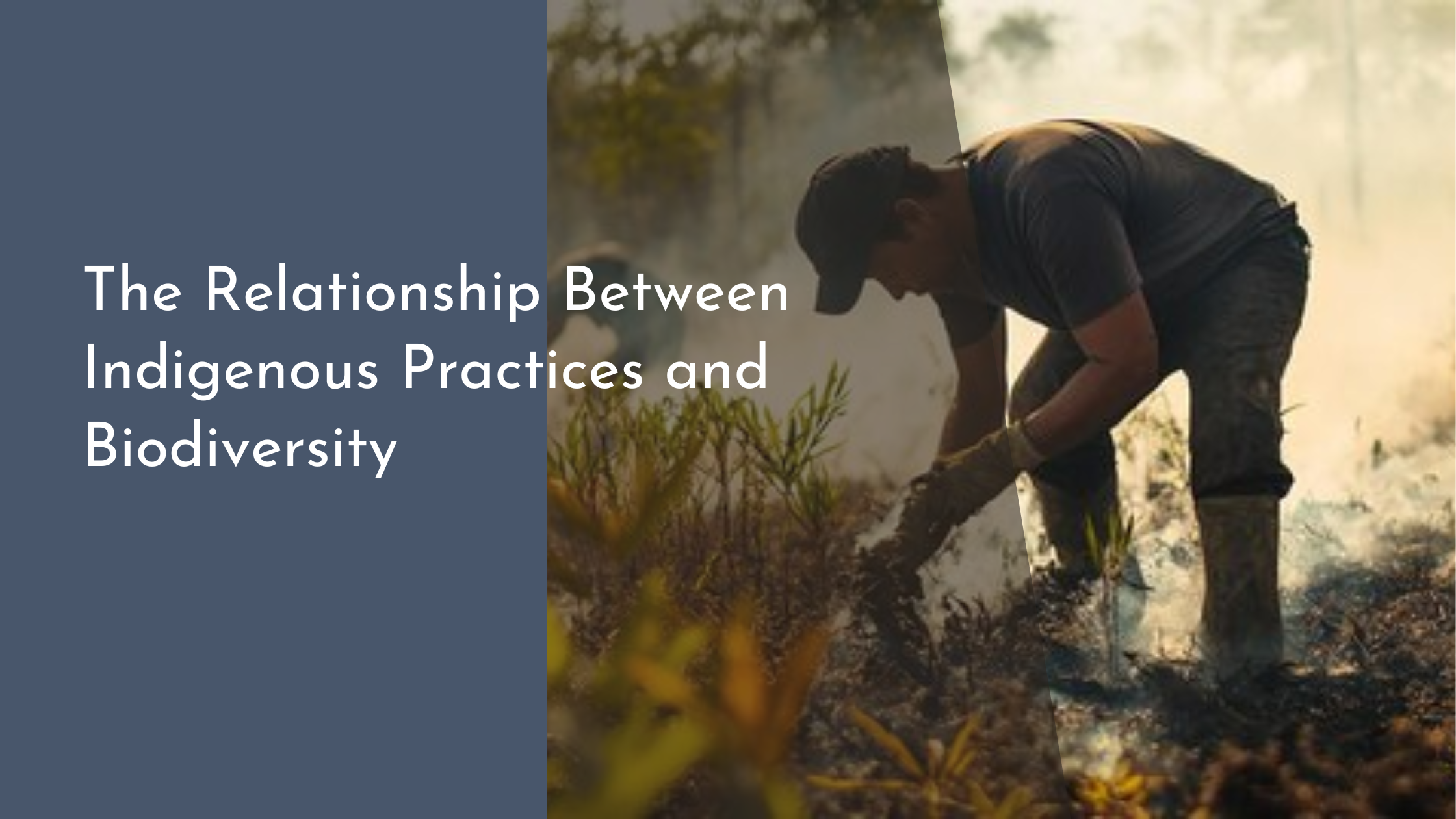The Relationship Between Indigenous Practices and Biodiversity
The relationship between indigenous practices and biodiversity is an enduring testament to the deep-rooted bond between human societies and the natural world. For centuries, indigenous communities around the globe have not only lived in harmony with nature but have also actively contributed to the preservation of biodiversity. These traditional systems, often overlooked in modern conservation discussions, offer valuable insights and practical solutions for sustaining the planet’s rich ecological tapestry. In this article, we will explore the profound connection between indigenous knowledge systems and biodiversity, examine how traditional practices aid in conservation, and highlight successful case studies from various communities that illustrate the harmony achievable through these methods.
Understanding Indigenous Knowledge Systems
Indigenous knowledge systems are vast collections of wisdom accumulated through generations of close interaction with the environment. This knowledge encompasses a wide range of practices, beliefs, and understanding about the local ecosystems, biodiversity, and sustainable resource management. Unlike contemporary scientific approaches that tend to compartmentalize knowledge, indigenous systems are often holistic, viewing the natural world as an interconnected web where every component plays a vital role. These systems are not static; they are dynamic, evolving through time as communities adapt to changes in the environment while maintaining the core principles of sustainability and respect for nature.
One of the defining characteristics of indigenous knowledge is its deep-seated locality, which allows communities to develop practices that are perfectly attuned to their specific environmental contexts. This localized approach often means that indigenous practices are more adaptive and resilient than universal conservation strategies, which may lack the nuance required for successful implementation. By understanding and integrating these practices into broader conservation efforts, we can enhance biodiversity preservation in a way that respects cultural heritage and empowers local communities.
Preserving Biodiversity Through Traditional Practices
Traditional practices employed by indigenous communities often revolve around sustainable land management, agroforestry, and the protection of sacred sites. These practices not only sustain community livelihoods but also play a crucial role in maintaining ecological balance. For instance, rotational farming, a common practice, includes leaving certain areas fallow to allow soil recovery and prevent depletion of nutrients, thereby encouraging a more diverse ecosystem. Another example is the use of traditional fire management techniques, which can reduce the risk of catastrophic wildfires while promoting the growth of certain plant species that thrive post-burn.
Moreover, indigenous practices emphasize the significance of biodiversity in cultural and spiritual life, ensuring that the protection of ecosystems is woven into the social fabric. The sacred groves and taboo lands often serve as de facto conservation areas, protecting species that might otherwise be endangered. By valuing and incorporating these traditional measures into modern biodiversity conservation strategies, there is potential to create more comprehensive and culturally sensitive approaches to environmental stewardship.
Case Studies: Success Stories from Indigenous Communities
One noteworthy example of successful indigenous-led conservation is the Kayapo people of the Amazon rainforest in Brazil. Through their deep understanding of the rainforest ecosystem and traditional land management practices, the Kayapo have managed to protect vast areas of rainforest from deforestation. Their efforts have not only conserved biodiversity but also secured carbon storage and provided a habitat for countless species, illustrating the profound impact that indigenous stewardship can have on a global scale.
In another inspiring case, the Maori of New Zealand have effectively integrated traditional ecological knowledge with modern conservation methods to protect and restore their native landscapes. By revitalizing traditional practices such as the kaitiakitanga (guardianship) principle, Maori communities have restored native forests and wetlands. These efforts have led to a resurgence of local wildlife and increased biodiversity, proving that indigenous knowledge, when acknowledged and leveraged appropriately, can significantly enhance conservation outcomes.
Conclusion: A Harmonious Path to Biodiversity Conservation
The integration of indigenous practices into biodiversity conservation strategies offers a harmonious path forward, combining traditional wisdom with modern scientific approaches. Such integration not only helps preserve biodiversity but also honors the cultural and spiritual connections that indigenous communities have with their lands. By respecting and valuing these traditional systems, global conservation efforts can be more inclusive and effective, ensuring that both biodiversity and cultural heritage are preserved for future generations.
Furthermore, supporting indigenous-led conservation initiatives can contribute to greater social equity and empowerment, providing communities with the recognition and resources they need to continue their work as stewards of the earth. As the world grapples with the dual challenges of biodiversity loss and cultural homogenization, embracing the synergy between indigenous knowledge and modern science represents a promising and sustainable path forward.
The relationship between indigenous practices and biodiversity is a beacon of hope in the quest for sustainable environmental stewardship. By acknowledging and integrating indigenous knowledge systems into global conservation efforts, we not only enhance the potential for biodiversity preservation but also foster a more equitable and inclusive approach to ecological management. As we move toward a future where human society and the natural world coexist harmoniously, the wisdom of indigenous communities will undoubtedly play a pivotal role in shaping sustainable and resilient ecosystems.

